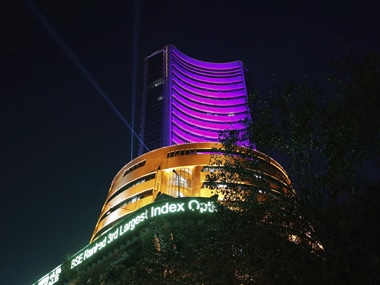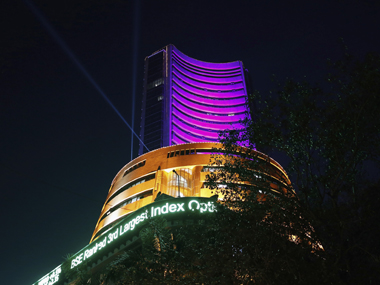New Delhi: The Bombay Stock Exchange’s small-cap and mid-cap indices have failed to impress, with smaller stocks falling up to 13 percent so far this year against their bigger peers. While the mid-cap index fell by 1,580.74 points or 8.86 percent so far this year, fall in the small-cap has been more sharp as it plunged 2,488.03 points or 12.93 percent, an analysis of the performance of the indices showed. On the other hand, the 30-share blue-chip Sensex has gained 3,795.17 points or 11.14 percent. The Sensex scaled its lifetime peak of 38,076.23 on 9 August this year. The small-cap index hit an all-time high of 20,183.45 on January 15 and the midcap index touched its record high of 18,321.37 on 9 January. Market observers say smaller stocks are generally bought by local investors, while overseas investors focus on blue-chips. [caption id=“attachment_4506017” align=“alignleft” width=“380”]  Representational image. Reuters.[/caption] Last year, the BSE small-cap index gained 59.64 percent and the midcap index zoomed 48.13 percent. On the other hand, the Sensex surged 27.91 percent in 2017. Rally in the market derailed from February onwards. The Sensex surged 6.36 percent in January, while in February it lost 4.79 percent and in March it fell 3.16 percent. However, in April the index gained 5.72 percent and in May it rose 0.41 percent. Continuing its upward journey, in June also the key index went up 0.55 percent and in July it surged 6.64 percent. According to market experts, small stocks are more likely to suffer during times of uncertainty. The mid-cap index tracks companies with a market value that is on an average one-fifth of blue-chips or large firms. Small-cap firms are almost a tenth of that.
Market observers say smaller stocks are generally bought by local investors, while overseas investors focus on blue-chips.
Advertisement
End of Article


)
)
)
)
)
)
)
)
)



